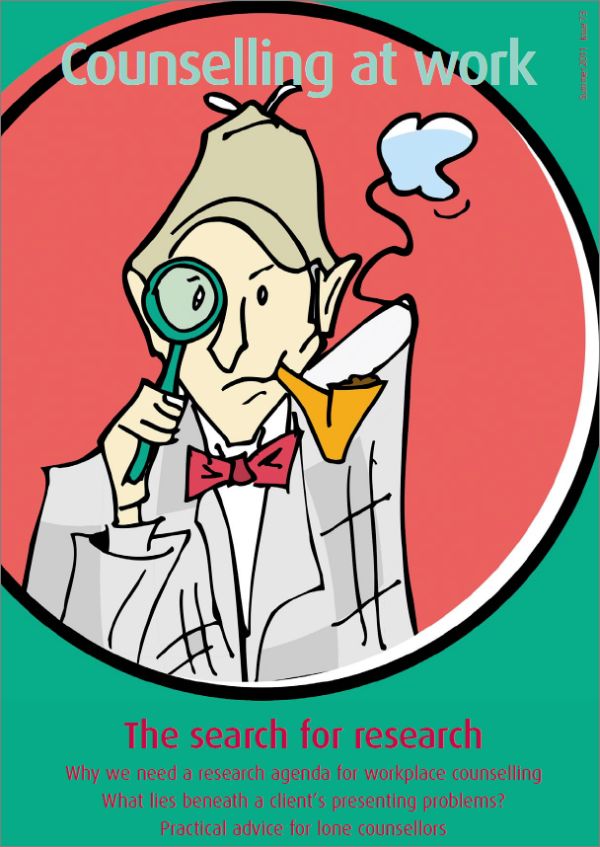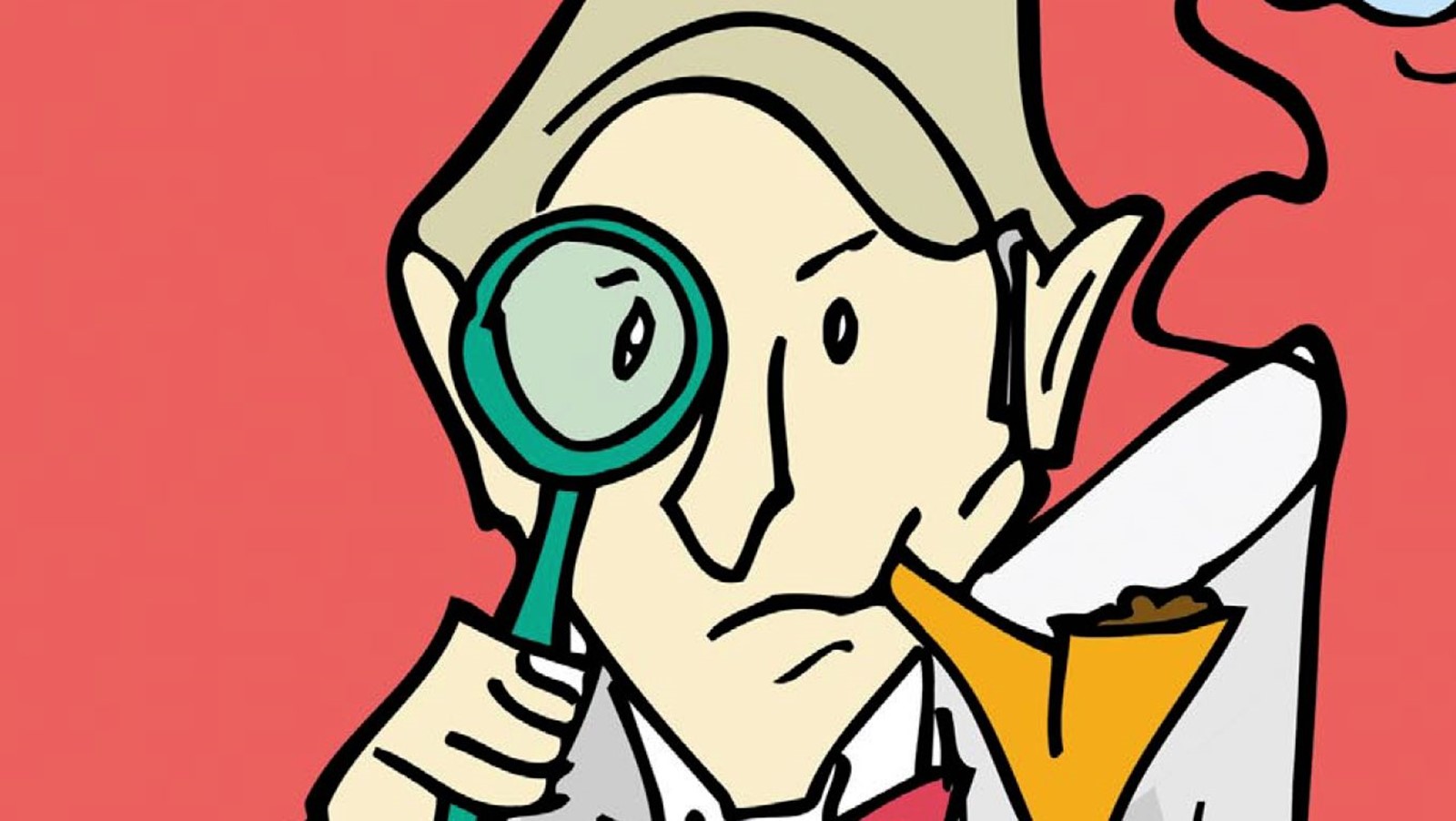In this issue
Research on workplace counselling
John McLeod proposes a research agenda for workplace counselling
Workplace counselling and social neuroscience?
Dr Michael Walton considers what may underpin a client’s presented problems
Prove it!
Barry McInnes explains why we need evidence of the effectiveness of workplace counselling
Odd one out?
Fiona Winning reflects on the experience of lone counsellors working in organisations
The interview
Counsellor, supervisor, trainer, teacher, Anglican priest, private consultant... meet John Towler
Health and Wellbeing @ Work
Rick Hughes shares the results of a BACP Workplace questionnaire
Divisional news and chair’s report
New Chair of BACP Workplace, Jean Crispin introduces herself
BACP Workplace networks
Join us! says Shirley Cullup
Response
Norman Claringbull shares his views

Articles from this issue are not yet available online. Divisional members and subscribers can download the pdf from the Counselling at Work archive.
First words
The essence of any successful ‘whodunnit’ show on TV is a heinous crime or baffling mystery solved by some clever clogs, sporting the badge of cop, mystic, crime scene investigator, private eye, or, master of them all, deer-stalker hat-wearing, cocaine-addicted, psycho-sleuth, Sherlock Holmes.
It’s all about what evidence is gathered, how that’s achieved and, most importantly, what it tells us. At a time when just about every counselling service seems to be battling funding cuts, we all need to muster together and generate evidence that counselling not only works but contributes to significant human (and organisational cost) benefits. This issue seeks to champion research and generate a call to action.
I’m delighted to welcome back John McLeod who sets out a potential research agenda for workplace counselling. John would welcome your thoughts to further the cause. Please do take him up on his invitation.
The research evidence suggests that the quality of the relationship between client and counsellor is a greater predictor of therapeutic success than the choice of approach used. Michael Walton returns with a fascinating article that introduces social neuroscience to explore the biological foundations of the way we relate to each other and how clients present to therapy.
Barry McInnes, returning to the BACP Workplace executive committee, extends the research call further by drawing from his expertise in service data usage to pose tough questions about IAPT and how we should continue to seek out evidence of workplace counselling effectiveness.
Some of you might have met Fiona Winning at BACP’s recent research conference. Here Fiona writes about the experience of being a lone counsellor… research from an experiential perspective.
At the March 2011 Health and Wellbeing @ Work conference and exhibition, BACP had an exhibition stand. We carried out a small piece of research on attitudes to wellbeing.
Avid readers will remember from the previous issue that we published a discussion document from the executive committee. We’re very grateful to Norman Claringbull for his response to this. If you have anything to add to the debate, please do get in touch with me.
Thanks also to John Towler for opening up to our Interview and also to Shirley Cullup who, as network coordinator for the executive committee, is keen to support the rejuvenation of regional and special interest networks for you, our members. If you want to join a network or can help Shirley, do get in touch with her.
And a final thank you to all the book reviewers. Lots of great summer reading. And perhaps food for thought regarding your own future research?
My own MPhil a few years ago sought to research the impact of emotions in the workplace. My astonishing discovery pointed to the fact that there are a lot of them. And also that delaying gratification was a sign of emotional intelligence.
So what research are you going to do today?
Me? Well, I’m going to grab a coffee, take that creamy bun out of the fridge and see how long I can stare at it before being overcome by the insatiable desire to scoff it. My target is three seconds.
I hope you enjoy this issue.
Rick Hughes
Editor
